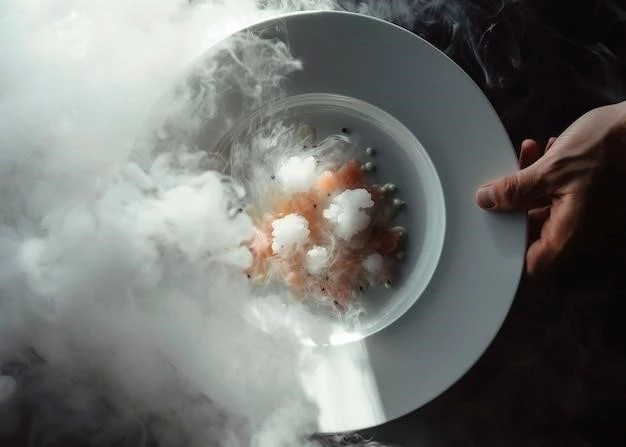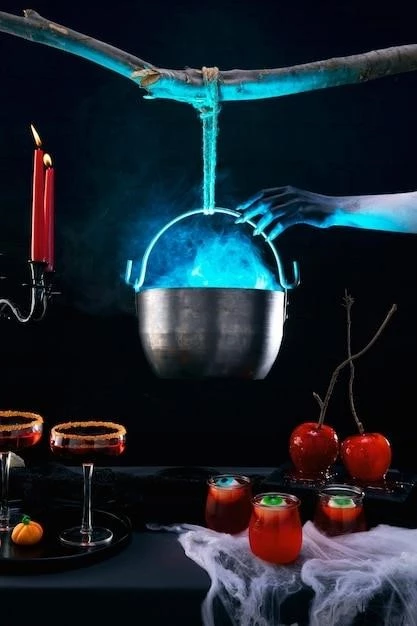The Chemistry of Cooking: How Heat Transforms Food
Cooking is as much a science as it is an art. Applying heat to raw ingredients sets off a cascade of chemical reactions‚ transforming flavors‚ textures‚ and aromas. One of the most important and fascinating of these reactions is the Maillard reaction‚ a complex chemical process that plays a fundamental role in creating the appealing flavors and colors we associate with cooked food.
The Maillard Reaction: A Culinary Alchemy
Named after the French chemist Louis-Camille Maillard‚ who first described it in 1912‚ the Maillard reaction is a non-enzymatic browning reaction that occurs when sugars and amino acids are heated together. Unlike caramelization‚ which involves only sugars‚ the Maillard reaction requires the presence of proteins or amino acids.
The Chemistry Behind the Transformation
At its core‚ the Maillard reaction is a complex series of steps involving:
- Initial Reaction: A reducing sugar (like glucose or fructose) reacts with an amino acid (the building blocks of proteins). This forms an unstable compound called a glycosylamine.
- Amadori Rearrangement: The glycosylamine undergoes a rearrangement‚ forming a more stable compound called an Amadori product.
- Further Reactions and Polymerization: The Amadori product then undergoes a series of complex reactions‚ including dehydration‚ fragmentation‚ and polymerization‚ leading to the formation of hundreds of different compounds.
These resulting compounds contribute to the characteristic brown color‚ rich aromas‚ and complex flavors we associate with cooked foods like seared steak‚ toasted bread‚ and roasted coffee.
Factors Influencing the Maillard Reaction
Several factors influence the rate and extent of the Maillard reaction:
- Temperature: Heat is essential for the reaction. It typically occurs rapidly between 140-165°C (280-330°F).
- Time: Longer cooking times generally lead to more browning and flavor development.
- pH: The reaction is favored in slightly alkaline environments.
- Moisture Levels: Some moisture is needed‚ but excessive water can hinder the reaction.
- Type of Sugars and Amino Acids: Different sugars and amino acids react at different rates‚ leading to a diverse range of flavor compounds;
Beyond the Maillard Reaction: Other Cooking Transformations
While the Maillard reaction is a key player in the chemistry of cooking‚ other reactions also contribute to the transformation of food:
Caramelization
Caramelization occurs when sugars are heated to high temperatures‚ breaking down and forming a complex mixture of compounds responsible for the characteristic caramel flavor and brown color. This process doesn’t involve proteins or amino acids‚ distinguishing it from the Maillard reaction.
Oxidation
Exposure to oxygen in the air can lead to oxidation reactions in food. While often associated with spoilage‚ controlled oxidation can be beneficial‚ such as the browning of cut fruits or the development of flavors in aged cheese.
Gelatinization
Gelatinization is the process where starch granules absorb water when heated‚ swell‚ and burst‚ forming a gel-like structure. This is essential in cooking starchy foods like pasta‚ rice‚ and potatoes;

Harnessing the Power of Chemistry in the Kitchen
Understanding the chemistry of cooking allows us to become better cooks. By manipulating factors like temperature‚ time‚ and ingredient combinations‚ we can control and enhance the Maillard reaction and other culinary transformations to create more flavorful and appealing dishes. Here are a few examples:
- Searing meat at a high temperature creates a flavorful crust through the Maillard reaction.
- Roasting vegetables at moderate temperatures allows for caramelization and the development of complex sweetness.
- Baking bread relies on both the Maillard reaction (for crust color and flavor) and gelatinization (for the structure of the loaf).

Conclusion
Cooking is a delightful interplay of art and science. By understanding the fundamental chemical reactions at play‚ we can unlock a world of flavor and culinary creativity. The next time you savor a perfectly seared steak or a crusty loaf of bread‚ take a moment to appreciate the intricate chemistry that transformed those raw ingredients into a delicious masterpiece.










